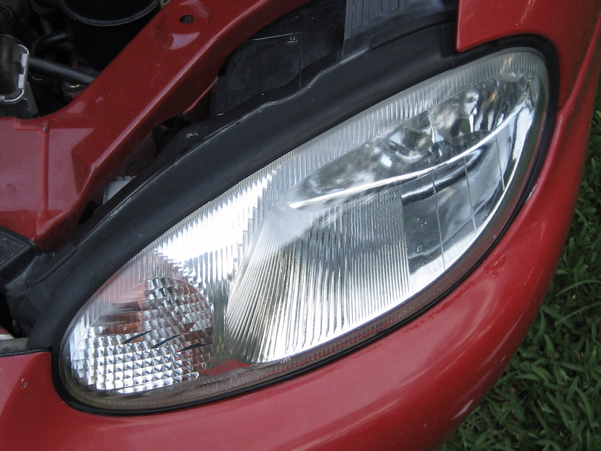My wife's car has plastic headlight lenses and they were fogged/fuzzed up badly. This was wrecking the beam pattern and soaking up much of the light. I couldn't tell when the high-beams were on, no distance pattern at all. I had doubts about grinding and polishing the plastic, but the kit I used (3M) did a great job in less than 30 minutes. Probably should have taken a few pictures, but they really looked like the Before and After pictures. Totally fogged to clear, smooth, like new. The high-beams are obvious now, although I'll have to wait to check them in the dark.
About the only mistake I made was on the first lens I wet-sanded with the 500 grit pad. Works faster dry. The final results were the same, it just took longer with the 800 grit. Got enough materials for 2-3 more cars, should I need it.
It's rare for a product to do the designed job so well.
About the only mistake I made was on the first lens I wet-sanded with the 500 grit pad. Works faster dry. The final results were the same, it just took longer with the 800 grit. Got enough materials for 2-3 more cars, should I need it.
It's rare for a product to do the designed job so well.




